-
 Bitcoin
Bitcoin $117800
0.49% -
 Ethereum
Ethereum $4432
0.55% -
 XRP
XRP $3.106
1.07% -
 Tether USDt
Tether USDt $1.001
0.01% -
 BNB
BNB $835.8
1.74% -
 Solana
Solana $189.1
2.72% -
 USDC
USDC $0.9999
-0.01% -
 Dogecoin
Dogecoin $0.2302
3.65% -
 TRON
TRON $0.3485
-0.69% -
 Cardano
Cardano $0.9212
-0.91% -
 Hyperliquid
Hyperliquid $46.97
1.45% -
 Chainlink
Chainlink $22.77
5.61% -
 Stellar
Stellar $0.4284
0.82% -
 Sui
Sui $3.766
2.82% -
 Bitcoin Cash
Bitcoin Cash $583.5
-0.82% -
 Ethena USDe
Ethena USDe $1.001
0.03% -
 Hedera
Hedera $0.2512
2.78% -
 Avalanche
Avalanche $24.18
2.27% -
 Litecoin
Litecoin $120.2
2.10% -
 Toncoin
Toncoin $3.450
1.96% -
 UNUS SED LEO
UNUS SED LEO $9.412
-0.92% -
 Shiba Inu
Shiba Inu $0.00001298
2.35% -
 Uniswap
Uniswap $10.99
3.75% -
 Polkadot
Polkadot $3.962
3.09% -
 Dai
Dai $1.000
0.00% -
 Bitget Token
Bitget Token $4.643
1.38% -
 Cronos
Cronos $0.1511
-0.08% -
 Ethena
Ethena $0.7246
3.18% -
 Monero
Monero $254.9
7.90% -
 Pepe
Pepe $0.00001100
3.32%
What is the principle of the public key encryption algorithm?
Public key cryptography uses a public key for encryption and a private key for decryption, ensuring only the private key holder can decrypt messages. This asymmetric system underpins cryptocurrency security and transaction verification, relying on computationally difficult mathematical problems for its strength.
Mar 22, 2025 at 08:15 am
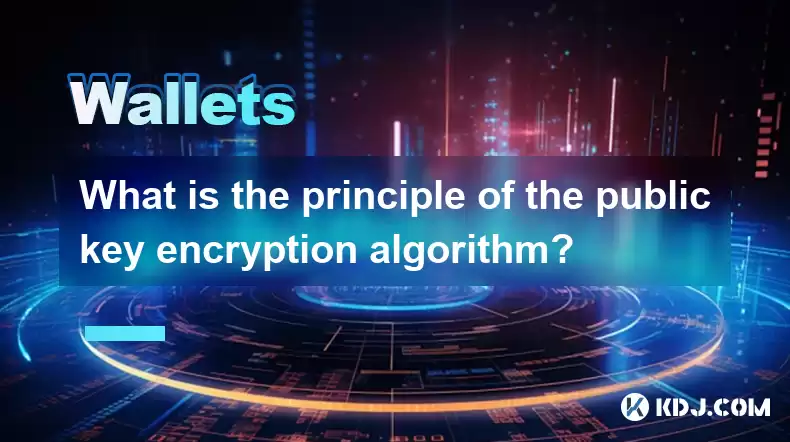
Key Points:
- Public key cryptography relies on a pair of keys: a public key for encryption and a private key for decryption.
- The mathematical relationship between these keys ensures only the holder of the private key can decrypt messages encrypted with the corresponding public key.
- This asymmetric nature is crucial for securing digital signatures and verifying transactions in cryptocurrencies.
- Different algorithms like RSA, ECC, and DSA utilize distinct mathematical problems for their security.
- Understanding these principles is fundamental to comprehending the security underpinnings of blockchain technology.
What is the principle of the public key encryption algorithm?
Public key cryptography, also known as asymmetric cryptography, forms the bedrock of secure communication and transaction verification in the cryptocurrency world. Unlike symmetric encryption, which uses the same key for both encryption and decryption, public key cryptography employs a pair of mathematically linked keys: a public key and a private key. The public key can be widely distributed, while the private key must be kept strictly confidential.
The core principle lies in the computational difficulty of deriving the private key from the public key. This difficulty is rooted in complex mathematical problems, the specific nature of which varies depending on the algorithm used. Even with access to the public key and the encrypted message, deriving the private key and decrypting the message is computationally infeasible for currently available technology.
How does the key pair work in practice?
The process involves two fundamental operations: encryption and decryption. When Alice wants to send a secure message to Bob, she uses Bob's public key to encrypt the message. Only Bob, possessing the corresponding private key, can decrypt the message. This ensures confidentiality as only the intended recipient can access the information.
- Alice obtains Bob's public key.
- Alice encrypts her message using Bob's public key.
- Alice sends the encrypted message to Bob.
- Bob uses his private key to decrypt the message.
This one-way function ensures that even if an attacker intercepts the encrypted message, they cannot decrypt it without Bob's private key. The security relies entirely on the computational infeasibility of reversing the encryption process without the private key.
Different Public Key Cryptography Algorithms
Several algorithms implement the principles of public key cryptography. Each algorithm utilizes a different mathematical problem to guarantee its security. Understanding the differences is crucial to appreciating the nuances of cryptocurrency security.
RSA (Rivest-Shamir-Adleman): RSA is one of the oldest and most widely used public-key cryptosystems. Its security relies on the difficulty of factoring large numbers into their prime components. Breaking RSA would require solving this computationally intensive problem.
Elliptic Curve Cryptography (ECC): ECC offers comparable security to RSA but with smaller key sizes. This makes it particularly efficient for resource-constrained devices, such as those used in many cryptocurrency transactions. Its security rests on the difficulty of the elliptic curve discrete logarithm problem.
Digital Signature Algorithm (DSA): DSA is a digital signature scheme used to verify the authenticity and integrity of messages. It doesn't directly encrypt messages but provides a digital signature that proves the sender's identity and ensures the message hasn't been tampered with. Its security is based on the discrete logarithm problem.
Public Key Cryptography in Cryptocurrencies
The application of public key cryptography in cryptocurrencies is fundamental to their security and functionality. Let's consider Bitcoin as an example.
Each Bitcoin user has a pair of keys: a public key and a private key. The public key is used to generate a Bitcoin address, which is publicly visible on the blockchain. This address allows others to send Bitcoins to the user.
The private key, however, remains confidential and is crucial for authorizing transactions. When a user wants to spend their Bitcoins, they use their private key to sign the transaction. This signature proves that the transaction originates from the legitimate owner of the Bitcoins. The network verifies this signature using the public key associated with the Bitcoin address.
Security Considerations
The security of public key cryptography hinges on the secrecy of the private key. Compromising the private key effectively compromises the user's control over their crypto assets. Therefore, securely storing and managing private keys is paramount. Hardware wallets, which store private keys offline, are considered a significantly more secure option compared to software wallets.
The strength of the cryptographic algorithms also plays a critical role. As computing power increases, the key sizes might need to be adjusted to maintain the same level of security. The ongoing research and development in cryptography are essential to address potential vulnerabilities and adapt to evolving threats.
Frequently Asked Questions:
Q: What is the difference between a public key and a private key?
A: The public key is used to encrypt messages and verify digital signatures. It can be shared publicly. The private key is used to decrypt messages and create digital signatures. It must be kept secret.
Q: How is the security of public key cryptography ensured?
A: The security relies on the computational difficulty of deriving the private key from the public key, which is based on complex mathematical problems.
Q: What happens if my private key is compromised?
A: If your private key is compromised, an attacker can access and control your cryptocurrency assets.
Q: Are all public key cryptography algorithms equally secure?
A: No, different algorithms offer varying levels of security and efficiency. The choice of algorithm often depends on specific requirements and the available resources.
Q: How do I choose a secure method for storing my private keys?
A: Hardware wallets are generally considered the most secure option for storing private keys, offering offline protection against malware and hacking attempts. Software wallets offer convenience but come with increased risk.
Disclaimer:info@kdj.com
The information provided is not trading advice. kdj.com does not assume any responsibility for any investments made based on the information provided in this article. Cryptocurrencies are highly volatile and it is highly recommended that you invest with caution after thorough research!
If you believe that the content used on this website infringes your copyright, please contact us immediately (info@kdj.com) and we will delete it promptly.
- Kazakhstan's Crypto Leap: Bitcoin ETF and Central Asia's Digital Finance Future
- 2025-08-13 12:45:19
- BlockDAG Presale Blazes Past $371M: Fundraising Frenzy Fuels Crypto Sensation
- 2025-08-13 13:05:21
- Meme Coins: Chasing the 2025 Surge – Which Will Moonshot?
- 2025-08-13 10:25:23
- Bitcoin's Wild Ride: Rally, Pullback, and What's Next
- 2025-08-13 10:25:23
- Bitcoin, Bitmax, and Institutional Demand: A New Era of Crypto Investment
- 2025-08-13 10:45:12
- Solana, ROAM, and Airdrops: What's the Buzz in 2025?
- 2025-08-13 11:35:13
Related knowledge
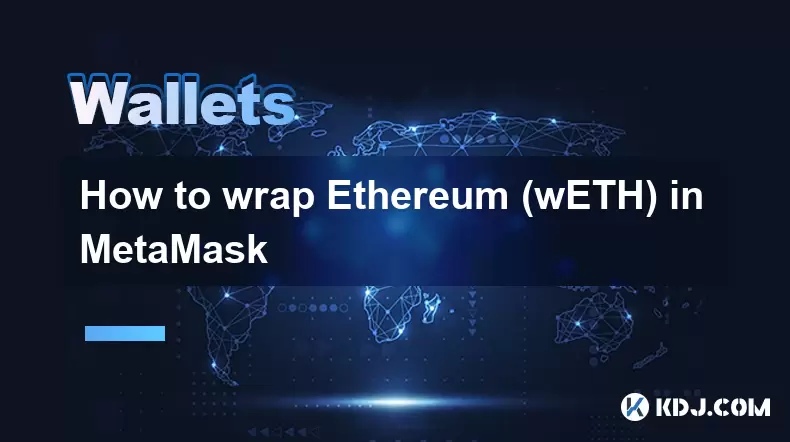
How to wrap Ethereum (wETH) in MetaMask
Aug 13,2025 at 11:36am
Understanding Wrapped Ethereum (wETH)Wrapped Ethereum (wETH) is a tokenized version of native Ethereum (ETH) that conforms to the ERC-20 standard, ena...

How to manage your portfolio in Exodus wallet
Aug 08,2025 at 10:07pm
Understanding the Exodus Wallet InterfaceThe Exodus wallet is a non-custodial cryptocurrency wallet that supports a wide range of digital assets. When...
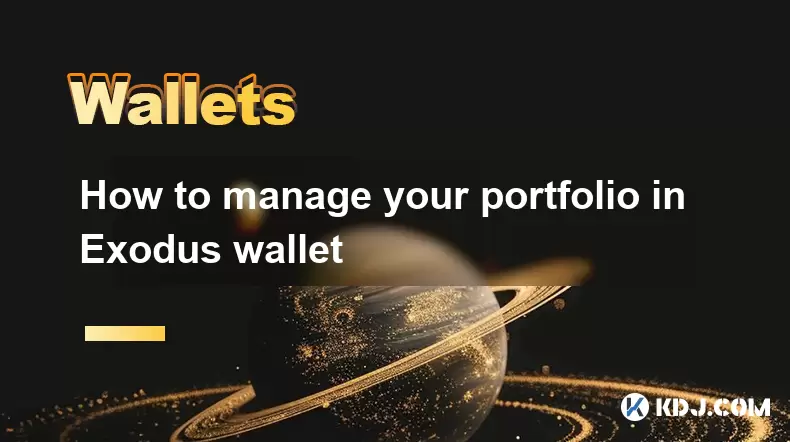
How to manage your portfolio in Exodus wallet
Aug 13,2025 at 11:35am
Understanding the Exodus Wallet InterfaceThe Exodus wallet is a non-custodial cryptocurrency wallet that supports a wide range of digital assets. Upon...

How to reset your MetaMask password
Aug 08,2025 at 01:28pm
Understanding the MetaMask Password Reset ProcessMany users confuse the MetaMask password with the seed phrase or private key, but they serve differen...
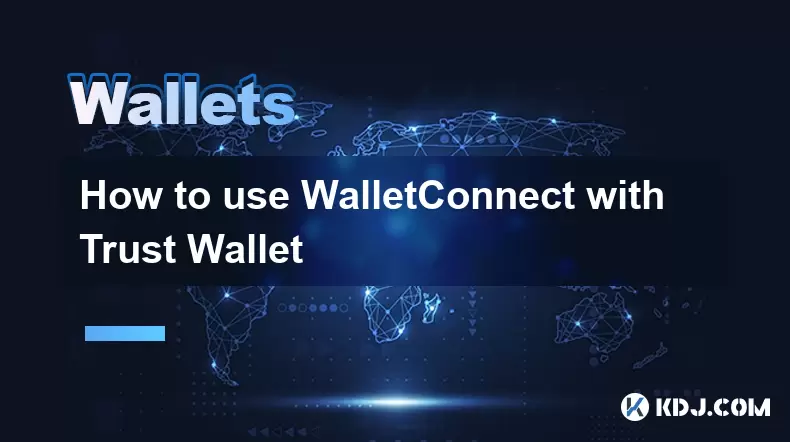
How to use WalletConnect with Trust Wallet
Aug 13,2025 at 01:07am
What Is WalletConnect and Why It Matters for Trust Wallet UsersWalletConnect is an open-source protocol that enables secure communication between dece...
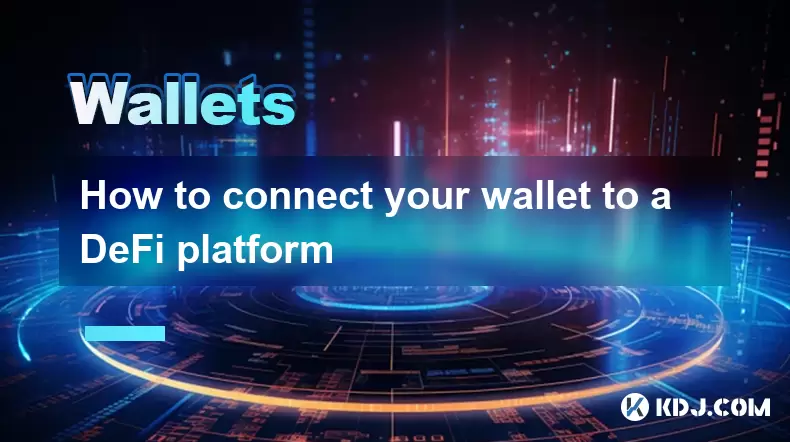
How to connect your wallet to a DeFi platform
Aug 13,2025 at 11:36am
Understanding Wallet Compatibility with DeFi PlatformsBefore connecting your wallet to any DeFi platform, it's essential to ensure your wallet is comp...

How to wrap Ethereum (wETH) in MetaMask
Aug 13,2025 at 11:36am
Understanding Wrapped Ethereum (wETH)Wrapped Ethereum (wETH) is a tokenized version of native Ethereum (ETH) that conforms to the ERC-20 standard, ena...

How to manage your portfolio in Exodus wallet
Aug 08,2025 at 10:07pm
Understanding the Exodus Wallet InterfaceThe Exodus wallet is a non-custodial cryptocurrency wallet that supports a wide range of digital assets. When...

How to manage your portfolio in Exodus wallet
Aug 13,2025 at 11:35am
Understanding the Exodus Wallet InterfaceThe Exodus wallet is a non-custodial cryptocurrency wallet that supports a wide range of digital assets. Upon...

How to reset your MetaMask password
Aug 08,2025 at 01:28pm
Understanding the MetaMask Password Reset ProcessMany users confuse the MetaMask password with the seed phrase or private key, but they serve differen...

How to use WalletConnect with Trust Wallet
Aug 13,2025 at 01:07am
What Is WalletConnect and Why It Matters for Trust Wallet UsersWalletConnect is an open-source protocol that enables secure communication between dece...

How to connect your wallet to a DeFi platform
Aug 13,2025 at 11:36am
Understanding Wallet Compatibility with DeFi PlatformsBefore connecting your wallet to any DeFi platform, it's essential to ensure your wallet is comp...
See all articles

























































































